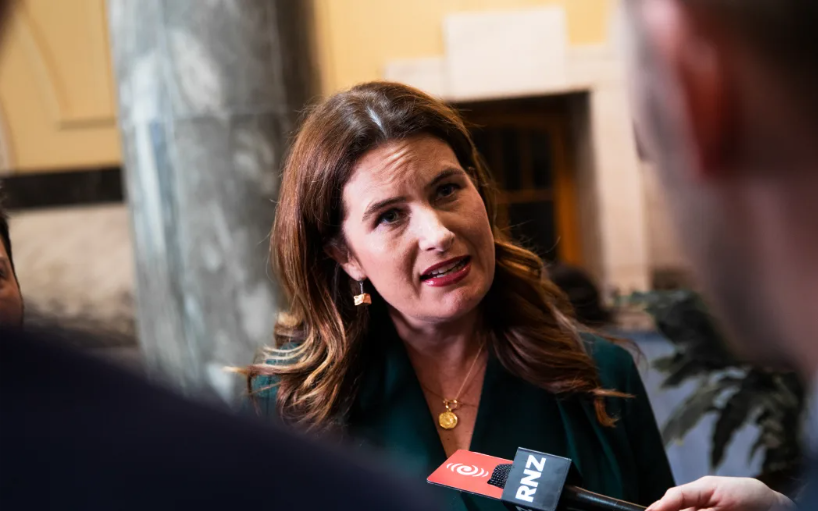Two new uncrewed vessels have been unveiled in Devonport today, which Customs Minister Casey Costello says will help tackle transnational organised crime.
The vessels — named Tahi and Rua — were built in Sydney and purchased by the Defence Force and Customs after a seven-month trial period.
Costello said the purchase will enhance New Zealand’s ability to patrol and protect its maritime interests and security, including “stopping drug smuggling”.
“Collaboration and joint investments in modern technology like this demonstrate how agencies like Customs and Defence can work together to detect illegal activity and tackle organised crime.
“Customs, supported by Defence, Police and overseas agencies, are stopping increasing quantities of illicit drugs prior to reaching New Zealand – 2.5 tonnes of methamphetamine and cocaine last year – but we are continually strengthening our response and the USVs provide extra capability.”
Costello said New Zealand has the 12th largest coastline, and vast maritime interests.
“The Pacific used to protect us from illicit trade, but organised crime groups are now using it and our legitimate trading routes to target us and our neighbours and build markets.”
She added the vessels can operate for extended periods of time at sea, will provide real-time intelligence, and reduce the risk to Navy diving teams and unnecessary delays in processing shipping.
NZDF maritime component commander Shane Arndell said the ships were not only solar powered, but they also had a motor for times where there was no wind and no sunlight.
The Uncrewed Surface Vessels were purchased by the NZDF and Customs. (Source: 1News)
“You can move them along [at] about two to three knots so not super fast, they take their time to get there, but when you talk about staying in a base then a combination between those types of propulsion certainly helps us.”
In defence terms, Arndell said the vessel can provide a “layer of defence”.
“We can have this right out of range and it gives us a first indication that there’s a potential aggressor or a [point] of interest we need to be focusing on. Then what we can do is mobilise our surface vessels and get them out there to intercept.”











